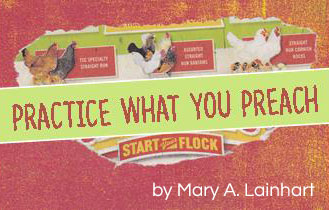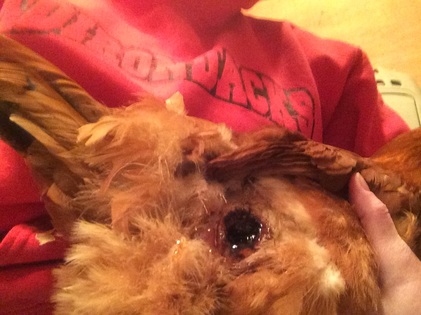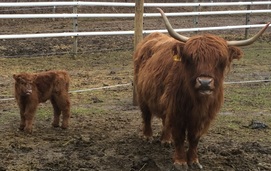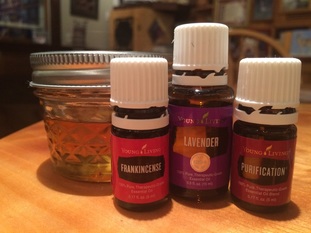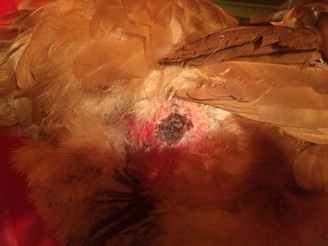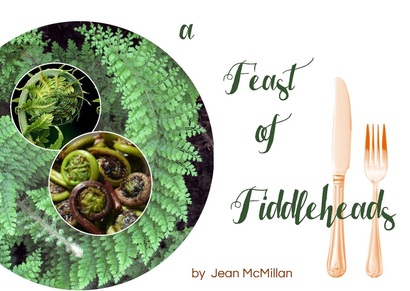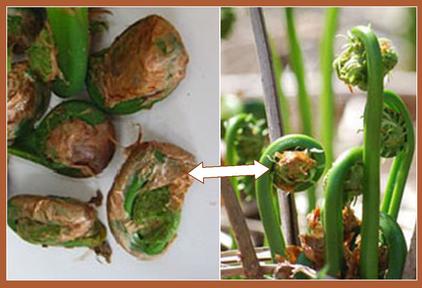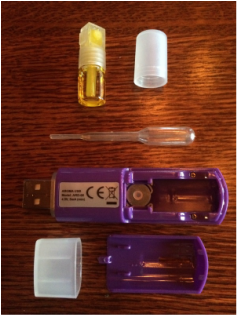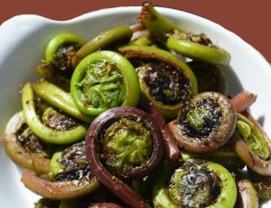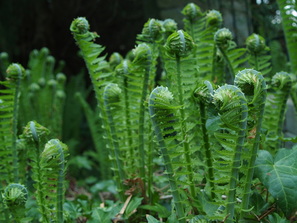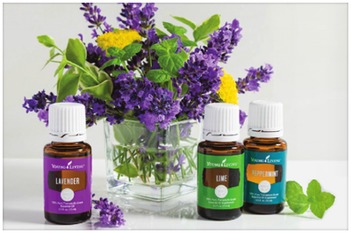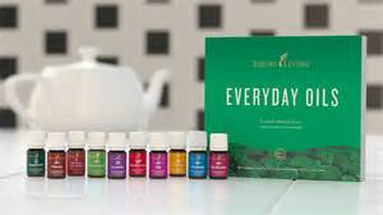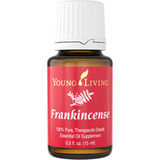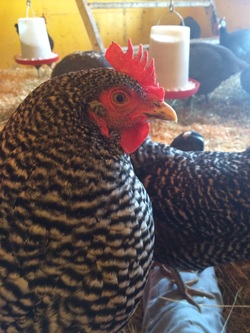HOMESTEADINGPRACTICE WHAT YOU PREACH
FIRST AID ON THE HOMESTEAD On my way home from work early in March, I stopped at the barn to do evening chores and check on everyone. As I wrote about in the March Issue “Watch, Listen, Learn” it's important to do this frequently on the homestead. All may be well in the morning, and things can change quickly to the unexpected. The more animals you have….the more things can pop up unexpectedly and get you on your feet and scrambling for a plan of action.
I made it a point to not name my chickens. Having chickens is new to me (see Backyard Chickens) February Issue. Our plan is to ultimately free range them and knowing that there are predators, I did not want to “get attached”. That was the plan ( I always start with a plan). Little did I know that one of the biggest concerns I needed to have was the how the chickens interact. The terms “hen pecked” and “pecking order” aren’t make up. I'm convinced that the majority of our euphemisms came from farmers. I've seen some of the chickens peck at others, usually the stronger on the weaker; not unlike I have a pecking order in my herd. That order can change frequently and sometimes unbeknownst to me. By watching every day, I notice the differences…but I didn’t see this one coming. I got to the barn, did my chores and got my chickens settled for the night. Something was different. One of my red hens, a New Hampshire Red, was pinned against the wall by two other hens and they were pecking relentlessly at her. I shooed them away and she let me pick her up. I was horrified that they had literally pecked a into her muscle I hole that was bigger than a quarter, but smaller than a half dollar, and about 1/4” deep. It looked like hamburger. I was not only speechless…I had no idea what to do other than to remove her from the flock and put her some place safe. I quickly grabbed the cat crate, put some bedding, food and water in it for her and placed her inside and put her in the tack room. She was safe for now, but I knew the wound needed to be dealt with, as soon as I could figure out what to do. My biggest concern at this point was infection. 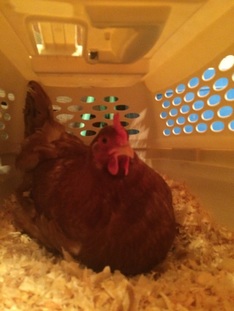
"Boo Boo" chicken, as we called her, removed from the flock to safety.
The wound packed with a poultice made of honey and Young Living Essential Oils: Lavender, Purification and Frankincense.
My advice is this:
Learn everything you can. You may forget a lot of what you learn, but in times of need it is like a light bulb going off. One small thing will trigger the rest to help you find a solution. But above all….have faith. Have faith that God will lead you in the right direction, no matter what your trial and have faith in yourself that with his guidance you will make the right decisions. |
|
WHAT'S NEW ON THE HOMESTEAD?
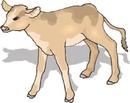
What's new on here on the Lainhart Homestead? Momma cow is expecting a baby the first week of April or so. The photo above shows Momma with the calf she birthed last Spring - "Holy Cow" was born on Palm Sunday. Be sure to look at our May Issue to see the baby!
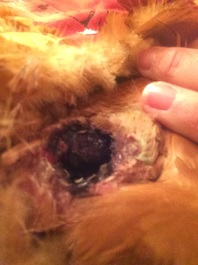
< The wound inflicted by her fellow hens. None of the research I did prior to getting chickens mentioned them being cannibals. If a wounded chicken is left with the flock, they WILL peck it to death.
OK, it’s a chicken. You don’t put a band aid on it; you can’t apply vet wrap. I needed to think about this. That evening I took a Young Living Essential Oil class for first aid on the trail. Honey was mentioned and then a light bulb went off. I remember my vet telling me one of the best first aid items you can have on hand is honey! Honey has been used for centuries all over the world because of its antibacterial properties. By the end of my class, I had a plan.
I mixed my honey with these Young Living Essential Oils: Lavender (discussed in our January Issue), Purification, and Frankincense (feature EO of April). Honey poultice in hand, I dutifully packed her wound twice a day for a week. I packed as much honey in the hole as would fit. It was messy, it got on some of her feathers, but every day she didn’t seem to mind as she let me catch her and put fresh on. She graduated from cat crate to dog kennel, to one of our horse stalls turned into a sick bay. By about day three, the redness was gone and a scab was forming. There was no infection, no heat, no redness. Within two weeks she was safely ready to return to the flock and she neither has had any problems, nor have the other chickens bothered her.
"Boo Boo" chicken's wound now, three weeks after the incident. Still healing, but she's returned to flock and getting along fine with everyone. No lasting effects from the injury.
|
A FEAST OF FIDDLEHEADS
There's quite a bit of controversy over the health effects and benefits of different varieties of fiddleheads (which nowadays is true about almost every food known to man), but I'm not going to jump into the middle of that. Wild Heart Mustangs™ is not a nutrition or health expert, and no food or other substance mentioned in our e-zine can be guaranteed healthy and/or safe for everyone to consume. We're just sharing our own, garden-variety knowledge. And that includes our very basic and non-scientific understanding that fiddleheads provide health benefits with Omega-3 and 6 fatty acids, antioxidants, potassium, and of course dietary fiber. They're also low in sodium. And like lots of other North Americans, I think they taste delicious.
The only fiddleheads my husband and I have eaten are the ostrich ferns that grow along the Connecticut River, so I won't address the bracken and lady ferns. I suggest that you scout out your ferns the summer or autumn before you plan to try fiddleheads. The photos on the right show a young ostrich fern. and an adult just below it. That said, we also understand that, like any plant, they may contain harmful microbes and other substances that in general be eliminated by careful harvesting and preparation for cooking, with the #1 technique being blanching or boiling them before using them in a recipe. For starters, forage and cook only tightly curled, very young ferns. As they age, fiddleheads can become bitter-tasting. Don't eat fiddleheads that are covered with hairy fuzz - they're probably Lady rather than Ostrich Ferns, and rumor has it that they can upset some people's stomachs. Remove the rusty-brown, papery skin showing in the photos below, then rinse them well, cut off and discard about 1 inch of the base of the stems. Boil them in water for 10 minutes, drain, rinse, and drain again. Now they're ready to go! ESSENTIAL OILSEach month we will share ways on how to safely use essential oils on your equines and your other pets. These are recommendations and not all inclusive uses of essential oils for your animal. Remember, all animals are individuals - so observe their behavior as you use essential oils (or anything) to see how they react to them.
WAYS TO USE ESSENTIAL OILS:
|
|
SAUTEED FIDDLEHEADS16 ounces fiddleheads of ostrich ferns, blanched &
rinsed (as described on the left) 2 tablespoons butter or olive oil 2 cloves garlic, minced 1/4 cup chopped onion 1/2 teaspoon lemon pepper (or to taste) salt to taste 1 tablespoon lemon juice 1 teaspoon grated lemon rind Melt the butter in a large non-stick skillet. Add the onion and garlic and cook, stirring occasionally, over medium heat until the onion is beginning to turn golden brown. Add the fiddleheads to the skillet. Continue to salute and stir for 5 minutes. Add the lemon pepper, salt, lemon juice and lemon rind, stir again, and serve with any protein (fish, chicken, pork, etc.) and/or starch (beans, rice, orzo, polenta, new potatoes, etc.). As a side dish, this recipe will serve 4 people. Look below for 4 variations on this basic recipe. 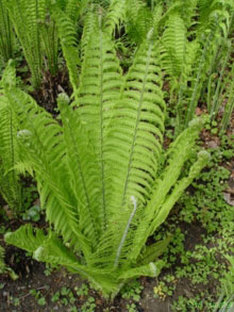
According to wild food enthusiast and cook Samuel Thayer, author of the book Foragers Harvest, ostrich ferns grow from three to six feet tall. The five to nine fronds (leaves) of each plant are arranged in a rosette forming a large funnel. The fronds emanate from a large rootstock or rhizome, which looks like a scaly clump or mound.
5 VARIATIONS of SAUTEED FIDDLEHEADSASIAN - use Bragg Liquid Aminos or soy sauce instead of lemon pepper. salt, lemon juice, and lemon rind. Sprinkle with toasted sesame seeds.
ASPARAGUS - at the same time as the fiddleheads, add 8 ounces of fresh asparagus (woody ends removed), cut in 2" pieces. Finish as in the basic recipe. SPINACH - before adding the lemon pepper, etc., add 8 ounces of fresh spinach. Cook and stir until the spinach wilts. Finish as in the basic recipe. This is yummy folded into hot cooked noodles or pasta along with an additional tablespoon of bitter or olive oil. SCRAMBLED EGGS - prepare as in the basic recipe, but without adding lemon pepper, lemon juice, and lemon rind. Add 4 eggs, lightly beaten, and let cook for 1 minute before gently stirring until the eggs are cooked to your preference. We like these served with bacon and toasted, buttered sourdough bread. Mary Lainhart is a Young Living OIls independent distributor because after years of her own successful use of them, she's confident of the purity and quality of Young LIving products. The Everyday Oils™ collection is the perfect beginner's kit, containing ten of Young Living's most popular and versatile essential oils. This kit will become a useful part of your day, everyday.
Visit the Wild Heart Mustangs SHOP to purchase and read detailed descriptions of each Young Living oil and blend.
For use instructions and cautions, please refer to each individual product label. FRANKINCENSE
Frankincense dates back thousands of years and is prized for its therapeutic properties. Frankincense has been know to relieve allergies, help with insect bites, inflammation, nervous conditions, depression, pneumonia, and respiratory problems. It has been found to reduce scarring and bruising, lessen pain and aids in controlling infections. Research has shown that Frankincense kills cancer cells without harming normal cells. Frankincense has been used to reduce tumors, reduce the discomfort of arthritis, and aid in the healing of both mare and foal after foaling.
Frankincense is a safe, gentle oil that is recommended smaller pets and birds. (Read Practice What You Preach above). Used for wounds, skin health, tissue health, behavior issues, cleansing, fungus and more. Frankincense is one of the best go-to oils and is on my list of Must Have Oils to have around. Frankincense can be used Aromatically or Topically. Young Living USB Diffuser. Use in any USB plug, on your laptop, in your car, anywhere! Over the years I have tried just about every type of diffuser out there. Clay, Cotton, Felt Pads, Ceramic, Cotton Balls to name a few. None of them gave me the lasting results I was looking for or the ease of use. Clay and Ceramic are inconsistent at best. Cotton, Felt Pads, Cotton Balls were not only not what I was hoping for results of fresh, clear aromas, they needed to be replaced frequently. This YL USB diffuser is the best diffuser I've ever purchased that was not water based. It comes in Black, Pink and Purple and all can be purchased from the Wild Heart Mustangs™ Shop.
The photo to the left shows the Young Living USB Diffuser shown disassembled. Additional glass/wick bottles (USB diffuser cartridges) can be purchased separately to keep a variety of your oils on hand ready to pop in and diffuse.
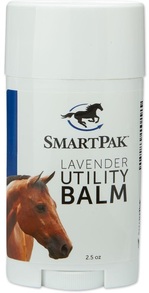
How can you resist a product with a "100% Happiness Guarantee"?
|
RESOURCES FOR HOMESTEADERSYoung Living Essential Oils - www.youngliving.com
Equine and animal supplies for well being - www.valleyvet.com, www.statelinetack.com, www.horse.com, http://www.horsehealthusa.com/ SmartPak - www.smartpakequine.com DISCLAIMERThe information contained on this website is not meant to diagnose, treat, cure, or prevent any disease. The information on this website represents what I have chosen to do to take charge of my own personal health and that of my family. Statements on this website have not been evaluated by the Food and Drug Administration. If you are pregnant, nursing, taking medication, or have a medical condition, consult your physician before using these products.
Information found on this website is meant for educational and informational purposes only, and to motivate you to make your own health care and dietary decisions based upon your own further research and in partnership with your health care provider. |
